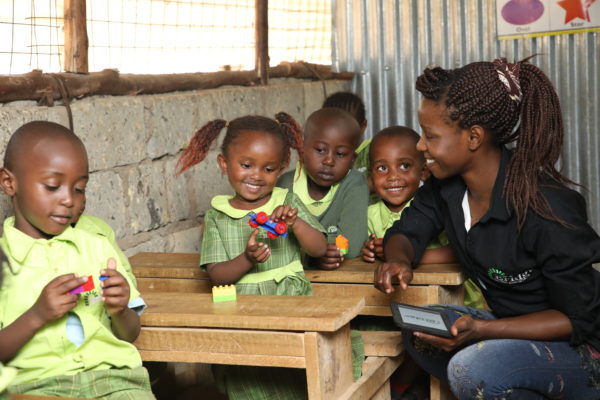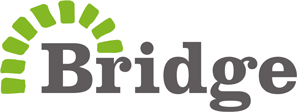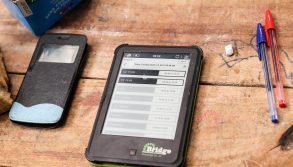Technology enables Bridge teachers to give their best in the classroom
22 August 2017
Teaching is for many a vocation. Great teachers have the ability to change the direction of a child’s life. They can inspire a love for a subject and for learning that will stay with someone throughout the years. A great teacher equips a child with the skills and resources needed for the future.
Teachers can do all this and more for their pupils but they too need to be supported, trained and provided with the best equipment and techniques available.
Bridge strives to use technology to improve the quality of its lessons and the engagement of our teachers and the learning of our pupils.
The use of technology offers the possibility of real innovation in the classroom.
Julieann Kimani, a teacher from Bridge Academy, Muthua says that what she loves most about Bridge is the quality of learning that it offers: “we use technology to deliver the lessons and that has really enhanced learning since we have more time with pupils. At Bridge, I was taught how and not what to teach.”
In recent years, developments in education technology has led to rapidly evolving classrooms. This has given rise to a variety of new learning approaches and lots of opportunities to improve support and training. Bridge uses wireless technology to bring world class lesson plans to its pupils; transparency and accountability into its classrooms and help to its teachers.
It is children and communities often living in extreme poverty that benefit from this cutting edge technology in the hands of carefully trained teachers.
Grace Kerubo from class 8 in Kisii County, Kenya says: “Bridge has a friendly environment, teachers that are always present, and also use e-learning, which other schools don’t use.”
The benefits of technology can be even greater in developing countries. In regions like Sub-Saharan Africa schools can struggle with shocking levels of teacher absenteeism; in Uganda, for example, teacher absenteeism reaches as high as 57% (World Bank, 2017). Learning is significantly hampered if teachers aren’t present and accountability is difficult in remote classrooms such as southeast Liberia or northwest Kenya. In addition, African countries (particularly those in the Sub-Saharan region) are faced with a large shortage of qualified teachers. The UN SDG annual report 2017 stresses that the region has only 44% trained teachers in the pre-primary level and 74% in primary -– the lowest percentages in the world. A UWEZO report in Uganda revealed that 8 out of 10 teachers can’t do maths at primary school level.
Natasha Wambui from Kaibiria, Nairobi that in the public school she was attending, the teacher would just come in, give the notes and leave the classroom, come back after a while to give some more work to do and then leave again. She explains: “they didn’t have any personal care for pupils, but Bridge is different, because teachers are always present and helpful.”
The use of teacher computers, containing world-class lesson plans based on national curriculums, brings a high quality education to some of the remotest parts of Africa. By taking the stress out of planning lessons, our teachers are able to focus on the pupils, give time to those that are struggling and go round the classroom answering questions.
Teacher Creswel in Bridge Nigeria says that “e-learning gives the new experience not only to the pupils, but also to the teachers” adding “It teaches us things that we don’t know, because it is it is written by scholars and experts.”
The technology also enables us to follow teacher and student attendance, activity, comprehension, the pace of the lessons and track understanding, results and progress made. Every classroom is open and teachers are supported every step of the way.
Tim Sullivan, a Curriculum Director at Bridge says that the main goal for him and his team when designing lesson plans is to minimise the amount of time the teacher spends talking, in order to maximise the time that the children spend working. Tim explains that the focus is on how much independent work is happening with the children in the classroom, saying “the goal is not 35 minutes of teacher talk and 10 minutes working, but vice versa.”
A World Bank Research Paper examined public primary schools in 7 Sub-Saharan African countries and determined that the average teaching day across these countries last for 2 hours and 50 minutes – just over half the scheduled teaching time. In Bridge schools, children spend an average of 8.5 hours learning, with lessons taking place from 07:30 until 17:00 , with short and long breaks in between.
In Liberia’s primary schools lessons finish at 15:15, with children spending an average of 6.5 hours of learning a day.
Each new lesson is linked to a previous one, for continuity and to ensure that pupils are learning thoroughly, with a test every four lessons.
As such, every Bridge lesson is divided into carefully designed parts – Vocabulary, Reading, and Activity. Additionally, each and every lesson includes tasks which stimulate the student to apply what they have learned immediately.
This example, from a Liberian exercise book, asks the student to complete the task using their new-found knowledge of maths.
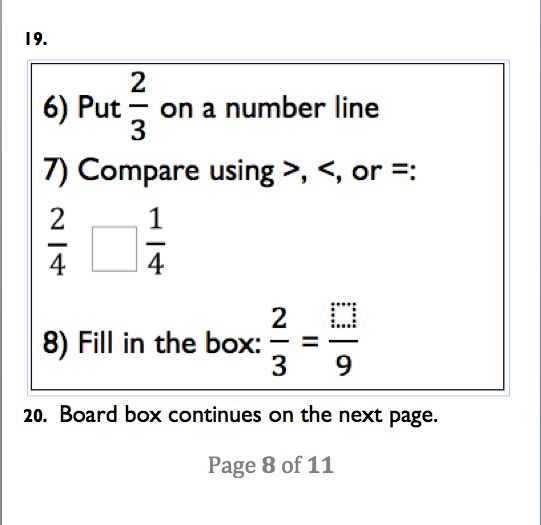
A typical science lesson for a Grade 6 class in Bridge PSL public schools shows how the teacher computer guides the teacher but ensures there is plenty of scope for creativity and interaction.
Section 1 (12min): Introduction/New Vocabulary:
The teacher introduces the new vocabulary for the day, before relating it to the lesson topic. For example, a teacher may ask the pupils to turn and talk to their classmate about one thing that plants need to survive. For open ended questions such as these, teachers have a list of possible answers displayed on their computers.
Section 2 (12 min) Focus on Reading:
A teacher will going through the material for the lesson and engage the children in the topic, guided by their teacher computer. The lesson guide suggests that the pupils have eight minutes to read the rest of the three paragraphs individually. This gives the the teacher time to walk around the classroom and help those who need it to understand the text. This is where Bridge believes the majority of learning takes place.
Section 3 (15min) Activity:
This section of the lesson focuses on questions and feedback. This is when pupils would do the activity mentioned earlier (i.e. the math task above). Often pupils read the questions with the teacher and answer them individually, meaning they get dedicated one-to-one feedback.
Section 4 (6min): Homework:
Every day pupils get homework on key topics such as Maths, English, Science and Social Sciences.
The technology and the teacher computer mean that teachers can be confident that they are delivering the best possible lesson to their class. They know that even if they are in a very remote community, where academic resources are scarce, in their hands is content that will enable them to teach to the best of their ability. They know that they are being supported, that their students’ progress is being documented and that they are making a difference to young lives.
